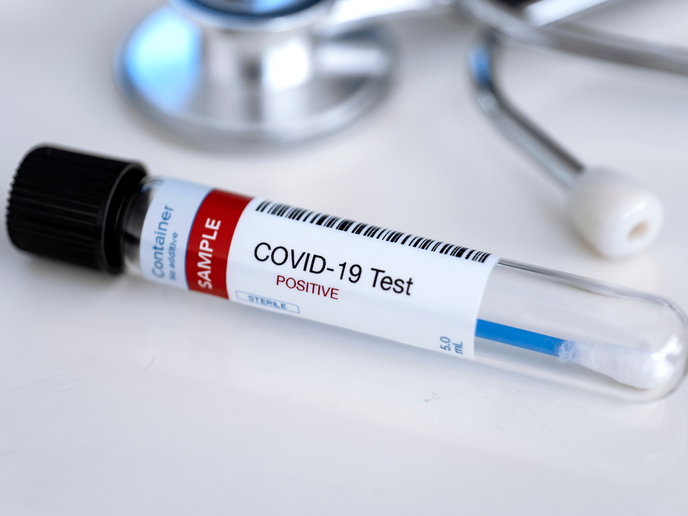Mouse models help investigate Alzheimer’s disease
A degenerative condition, AD is characterised by progressive loss of cognition and short-term memory affecting mainly the basal forebrain – the brain structure that is associated with acetylcholine production. Acetylcholine determines the ability of the brain to transmit information to other parts of the brain and is responsible for plasticity and learning. The complex degeneration of AD has triggered extensive research on the pathogenesis of the disorder. Recent evidence suggests that AD can be linked to an unbalanced signalling and processing of the nerve growth factor (NGF). The EU-funded ‘Development, characterisation and validation of new and original models for Alzheimer's disease’ (Memories) project developed novel mouse models to explore the involvement of the NGF pathway in AD. These pre-clinical models expressed specific antibodies against neuronal receptors or growth factors and were crossed with a mouse model of sporadic AD (AD11 anti-NGF). The offspring had AD and also lacked one of these receptors or growth factors. To study how these molecules were involved in AD, scientists studied the neuroanatomy and analysed the behaviour of crossed mice. Overall, the Memories project provided new knowledge on the signalling pathways underlying the onset of neurodegeneration of AD. The pre-clinical mouse models created during Memories will be useful for designing new therapeutic tools to ameliorate the symptoms of AD. Finally, the project deliverables are expected to increase the competitiveness of European research in the battle against AD.







